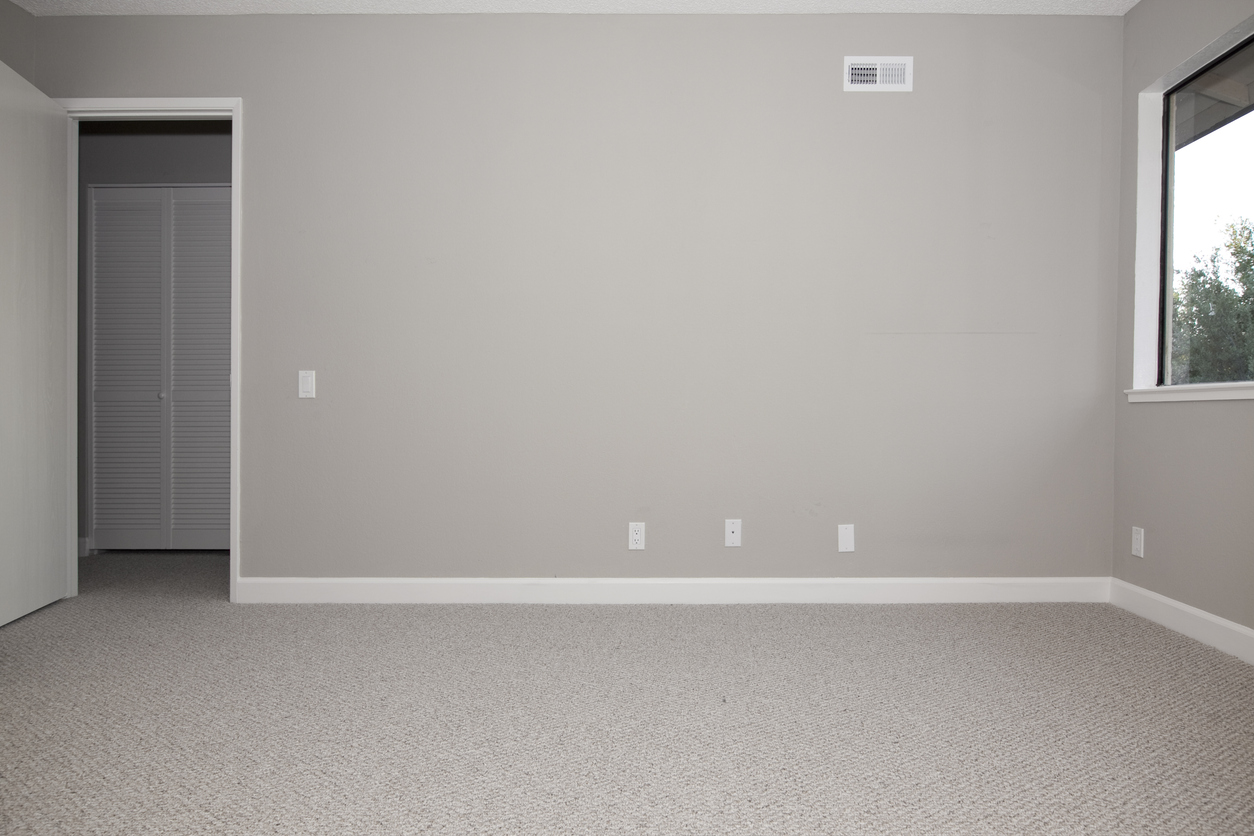A common question among homeowners, especially during renovations or new builds, is: How many electrical outlets should a room have?
The answer isn’t always straightforward and depends on various factors, such as the size of the room, the intended use, and the number of devices you plan to plug in.
In this article, we’ll explore practical guidelines for determining the number of outlets a room needs, discuss electrical setup requirements, and provide insights into powering modern devices effectively.
Understanding the Basics of Outlet Placement
When determining how many electrical outlets a room should have, a good starting point is understanding the general rule of thumb: Outlets should be placed no more than 12 feet apart.
This ensures that you can easily plug in devices without relying on extension cords.
However, this is just the minimum recommendation, and many homes benefit from having additional outlets based on how the room is used.
Consider the Size and Function of the Room
Living Rooms and Family Rooms:
These rooms typically have many electronic devices, including televisions, gaming consoles, sound systems, and lamps. In most modern homes, it’s practical to have an outlet on every wall, especially if the room is large. If you plan to mount a television or use multiple devices, adding extra outlets behind furniture or entertainment centers is a wise choice. For example, a living room measuring 15×20 feet could easily require 6-8 outlets or more, depending on its layout.
Kitchens:
The kitchen is one of the most power-hungry rooms in the house. You’ll need outlets for appliances such as refrigerators, microwaves, coffee makers, and toasters. A kitchen counter typically requires an outlet every 4 feet, ensuring that small appliances can be plugged in without stretching cords across the countertop. Kitchens generally need outlets on separate circuits to accommodate larger appliances that draw significant power, such as ovens and dishwashers.
Bedrooms:
For bedrooms, 4-6 outlets are usually sufficient. However, depending on the room’s size and setup, you might want to add extra outlets for bedside lamps, alarm clocks, phone chargers, and space heaters. If you have a home office setup within your bedroom, you may also need additional outlets for computers, printers, and other electronics.
Home Offices:
Home offices require a higher number of outlets due to computers, monitors, printers, and other devices. A good rule is to have at least two outlets per wall in home offices to avoid overloading circuits with power strips.
How Electrical Load Affects the Number of Outlets
While adding outlets is convenient, it’s essential to ensure your electrical system can handle the load. The total amount of electricity a room requires depends on the devices you plan to plug in. Here’s a practical example:
- Television and Sound System: These devices often draw between 300-500 watts.
- Laptops, Computers, and Monitors: Together, these can draw around 200-300 watts.
- Space Heaters: A single space heater can pull up to 1,500 watts, which is a significant load.
Most circuits in a home are either 15-amp or 20-amp circuits. A 15-amp circuit can handle approximately 1,800 watts, while a 20-amp circuit can handle around 2,400 watts. So, if you plan to use high-wattage devices like space heaters or power-hungry kitchen appliances, you may need dedicated circuits or fewer outlets on each circuit to avoid tripping breakers.
Should You Add More Outlets?
If you live in an older home, there’s a good chance your rooms don’t have enough outlets to meet modern needs. Older homes were often built with fewer outlets because they didn’t have the same number of electrical devices as today’s homes. Consider the following scenarios:
- Home Entertainment Systems: If you’re using multiple power strips to connect your television, sound system, and gaming consoles, adding outlets can reduce the risk of overloading circuits.
- Charging Devices: In rooms like bedrooms and home offices, it’s common to have multiple devices charging simultaneously (phones, tablets, laptops). Installing USB outlets or additional wall outlets can make this easier and safer.
- Safety Considerations: Overloading outlets with power strips and extension cords can be a fire hazard. Adding more outlets can mitigate this risk, ensuring each device is powered safely.
Customizing Your Electrical Setup
So, how many electrical outlets should a room have? The answer depends on the size of the room, how it’s used, and the types of devices you need to power. Whether you’re adding a home office or updating your kitchen, ensuring you have enough outlets — and the right type of electrical setup — makes a big difference in safety and convenience.
If you’re in or near Prescott, Ontario, Beattie Dukelow Electrical Inc. can help assess your home’s electrical needs. Contact us today for expert electrical services, including outlet installation, inspections, and upgrades!

